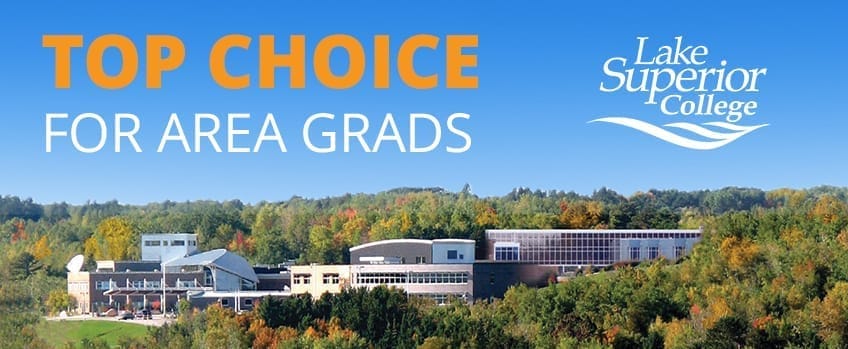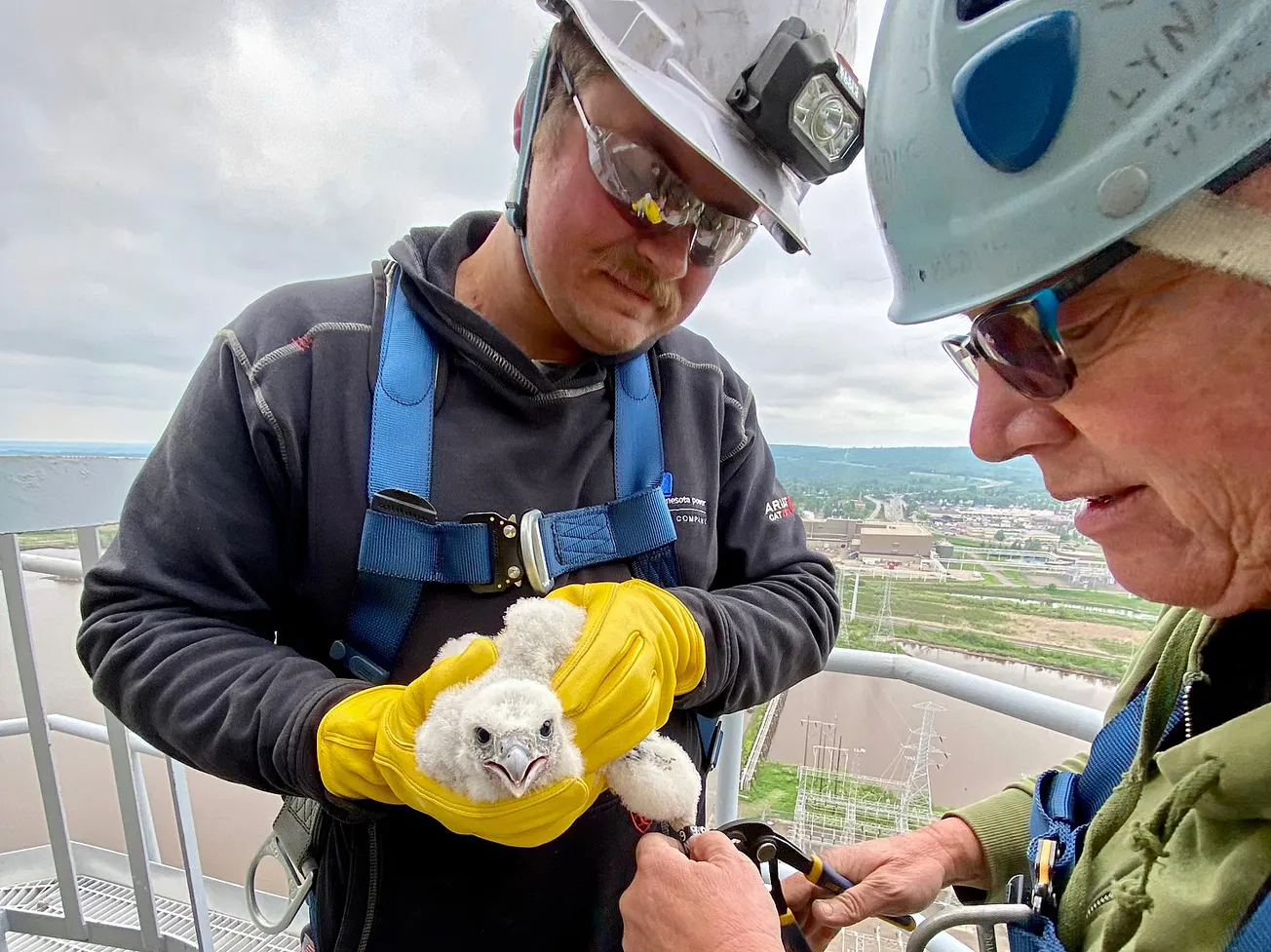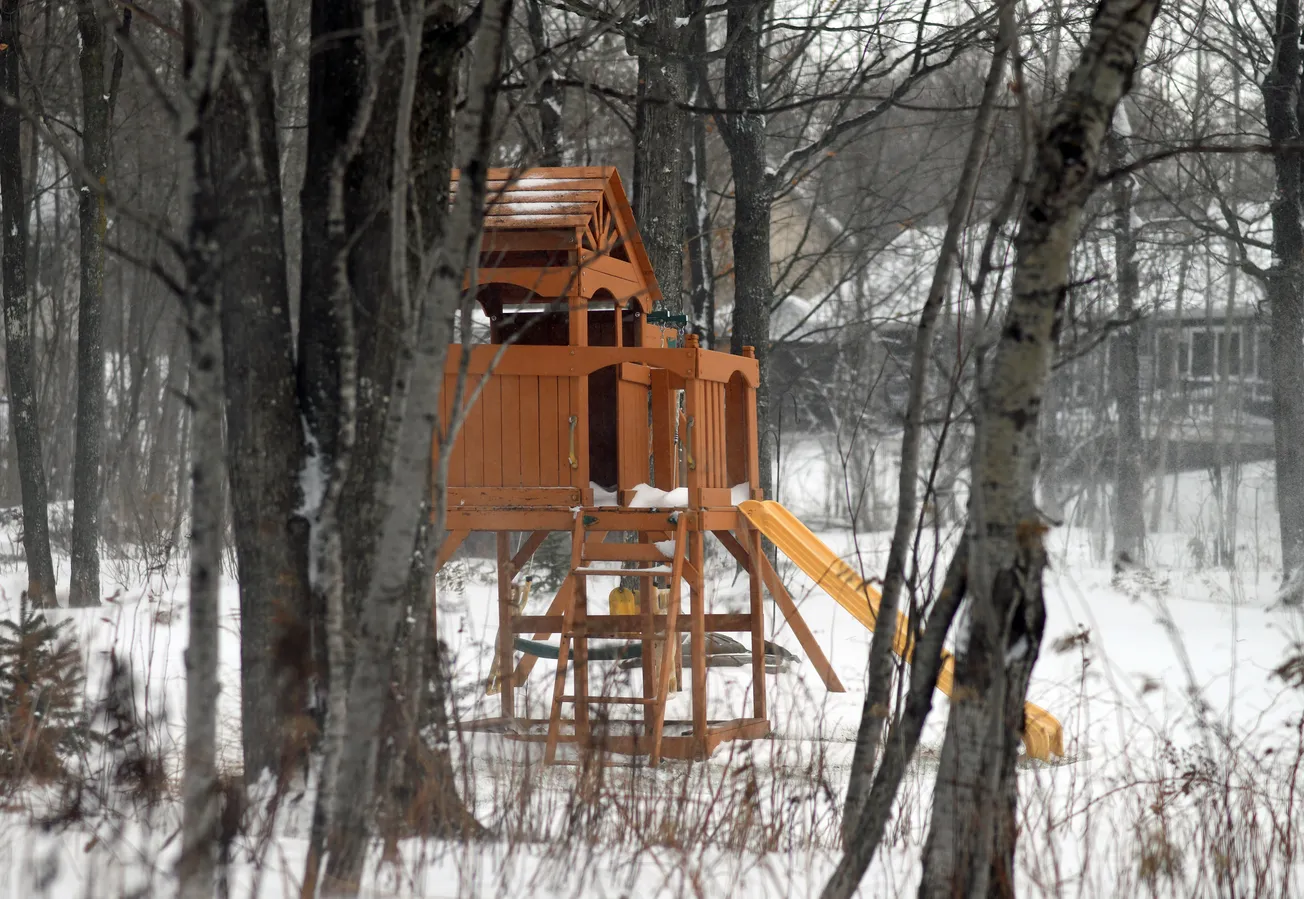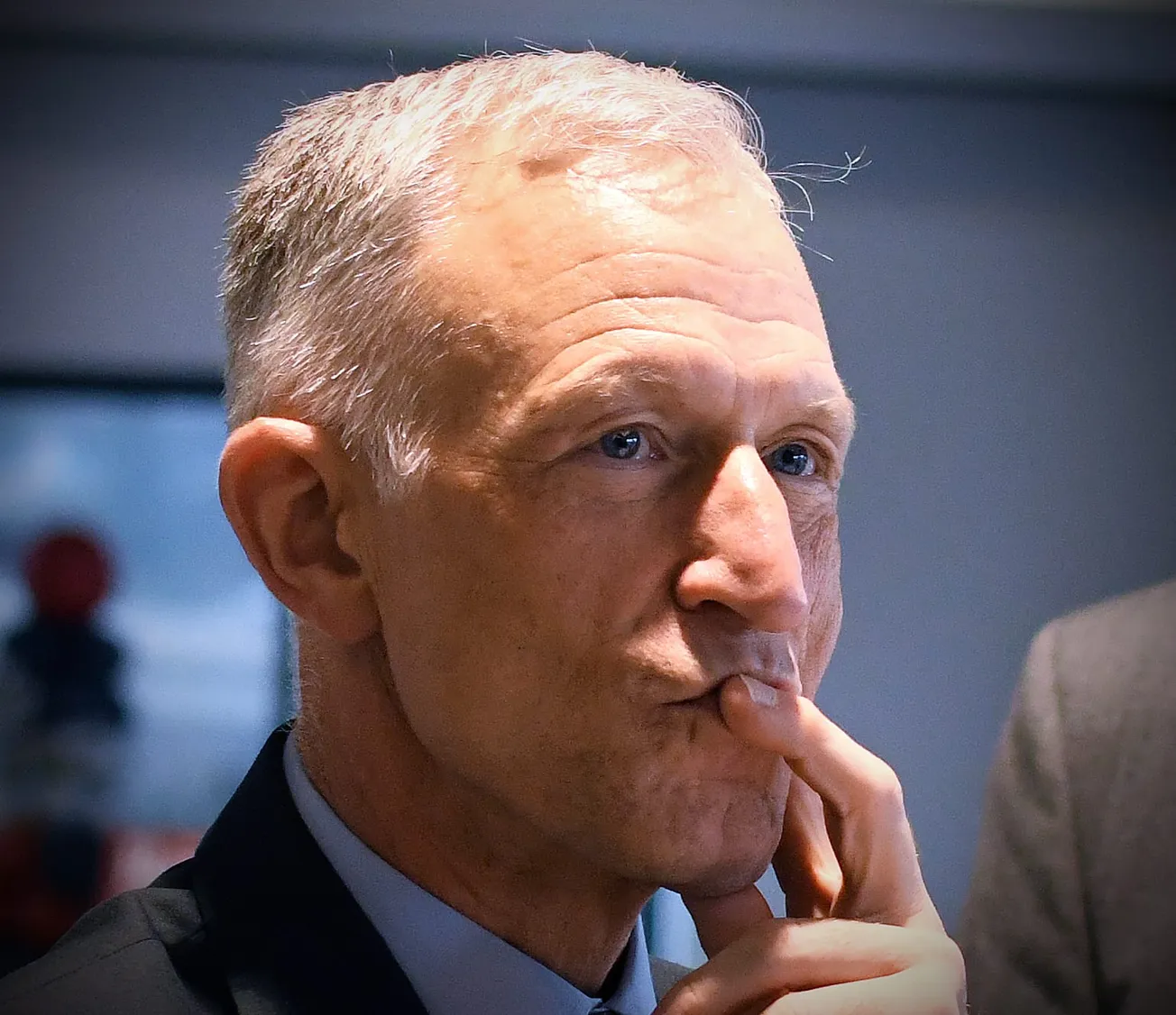Seven peregrine falcon chicks are named, sporting new identification bands around their legs and preparing to leave their nest boxes at two Minnesota Power energy facilities.
Teams of employee-volunteers and experts from the Raptor Resource Project recently climbed stacks at Hibbard Renewable Energy Center in Duluth and Boswell Energy Center in Cohasset to fit each youngster with two leg bands. The identification will help researchers track the birds, adding to what scientists know about the once-endangered population.

The RRP in Decorah, Iowa, is a longtime partner with Minnesota Power and specialists from the nonprofit organization visit Hibbard and Boswell almost every year. Four chicks — two females and two males — hatched at Boswell and three chicks — two males and one female — hatched at Hibbard in mid-May. All of them appeared healthy, according to the experienced RPP banders.
“It has been amazing to see the success rate of the nesting and rearing of the peregrine chicks at both Boswell for over 30 years and Hibbard the last 17 years,” said Josh Skelton, ALLETE vice president and Minnesota Power chief operating officer. “It really demonstrates that sustainability shows up in many forms, and in this case reflects how our operations co-exist among the natural resources and splendor of northern Minnesota. It’s a unique way for us to engage and invite our region to be a part of our clean energy future.”

Area students provided names for the nestlings at the two sites. First- and second-graders at Lowell Elementary School in Duluth named the Hibbard chicks Zay, Hunarvey (hu-nar-vey) and Fox. Fifth graders at Cohasset Elementary chose the names Sparky, Jimmy, Pogi and Dr Pepper.
The young falcons will remain in the nest boxes until they’re able to fly, probably in the next few weeks. Bird enthusiasts can watch a livestream of the families at Minnesota Power’s FalconCam.

More than 140 chicks have hatched since 1993 at Boswell and 2008 at Hibbard, and chicks were banded most years at the two locations.
On its website, the Raptor Resource Project explains how the chicks are fitted with identification bands, what the colors and numbers on the bands mean, and how to make a report if you see a banded falcon. Bird banding helps researchers gather information on mortality rates, dispersal patterns, migration, behavior, social structure, and seasonal and long-term population trends. Tracking individual peregrine falcons also gives researchers a more intimate look at how a species behaves as it recovers and grows.

The peregrine falcon has made a remarkable comeback after use of the pesticide DDT nearly wiped out the population. The raptor was named an endangered species in the 1970s and power companies like Minnesota Power played a role in the peregrine’s recovery by placing nest boxes on the stacks of their power plants.
Minnesota Power provides electric service within a 26,000-square-mile area in northeastern Minnesota, supporting comfort, security and quality of life for 150,000 customers, 14 municipalities and some of the largest industrial customers in the United States. More information can be found at www.mnpower.com.

ALLETE, Inc. is an energy company headquartered in Duluth, Minnesota. In addition to its electric utilities, Minnesota Power and Superior Water, Light and Power of Wisconsin, ALLETE owns ALLETE Clean Energy, based in Duluth; BNI Energy in Bismarck, N.D.; and New Energy Equity, headquartered in Annapolis, Maryland; and has an 8% equity interest in the American Transmission Co. More information about ALLETE is available at www.allete.com.







